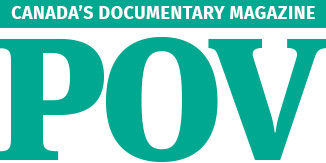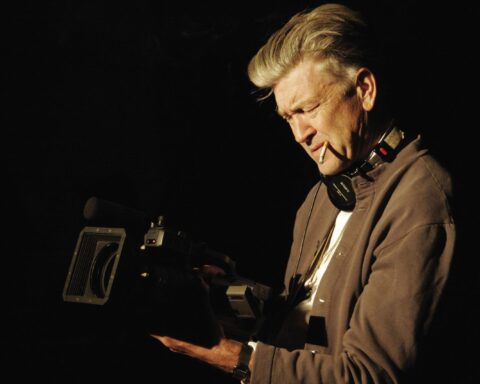An Inconvenient Sequel: Truth to Power
(USA, 98 min.)
Dir. Bonni Cohen, John Shenk
Eleven years ago, Davis Guggenheim’s An Inconvenient Truth implored mass audiences to wake-up and learn about climate change. Driven by a compelling PowerPoint presentation by former US Vice President Al Gore, An Inconvenient Truth essentially updated Terre Nash’s eco doc formula from If You Love this Planet to speak to audiences and lay out a compelling argument about the threats to the planet. The film went on to earn considerable box office success and two Academy Awards that helped bring its call to action to one of the widest audiences a doc had ever reached. Regardless of what one makes of the film, it’s hard to discount An Inconvenient Truth’s impact or influence.
It’s with this legacy that An Inconvenient Sequel: Truth to Power offers a rare follow-up to a documentary feature. The film might be a little been there, done that with Gore’s infographics, arguments, and folksy storytelling, but any sense of familiarity in the film speaks to its relevance: despite the growing evidence for climate change in the eleven years since An Inconvenient Truth was released, people in positions of power still deny its existence.
An Inconvenient Sequel struggles somewhat to match the emotional punch of its predecessor, which benefitted from the ignorance of viewers and a larger dearth of information, now acts somewhat as an example for the angry fist-shaking eco doc that struggles to inspire tangible change. Gore continues to give his presentation and he updates it frequently to reflect current events, and in a way, the sequel updates the Inconvenient Truth formula to avoid the fire and brimstone.
Getting these facts a second time nevertheless adds to the legitimacy of Gore’s arguments, though, as he presents the slideshow to classes of eco warriors ready to share his message. Fourteen of the previous fifteen years are the hottest temperatures in history. The numbers an animated graphics are compelling(ish) but the strength of the film comes in the stories that occur when Gore leaves the stage and takes to the streets to listen and learn. Here’s a man who knows how to be presidential.
An Inconvenient Sequel is less slideshow and more road show, however, as directors Bonni Cohen and John Shenk hit the trail with Gore as he campaigns for eco awareness and does research in the field. The film brings Gore to the glaciers of the north to provide visual evidence, Chasing Ice style, of the rapidly dwindling ice fields as proof of global warming. Walks on the flooded streets of Miami show eye-opening depths of water. Sessions in the Philippines convey the trauma of tsunami survivors.
The majority of the film concentrates on the 2015 COP 21 talks in Paris that led to the significant international agreement to commit to reduce carbon emissions. An Inconvenient Sequel shows Gore combine his environmentalist sensibility with his political agility and shrewd lobbying skills to inspire change. Gore does a fair bit of behind the scenes negotiating, particularly with the Indian government, as the film acknowledges the difficulties that developing nations have in terms of meeting the goals set predominantly by developed countries, which can afford to experiment with clean energy more comfortably.
As the film culminates to the landmark agreement, the shadow of Donald Trump’s retraction of America’s commitment to the Paris agreement hangs over the film. An Inconvenient Sequel, shot during Trump’s campaign and unveiled at Sundance in tandem with his (unfortunate) inauguration, doesn’t lose too much of its impact by devoting so much time to a deal that’s now been compromised. In fact, Trump’s failure to uphold America’s obligations gives the fight for climate change additional significance since several world leaders state that a global agreement for climate change is the first step towards world peace.
An Inconvenient Sequel is less about informing the audience and more about inspiring them. Most audiences by now have an opinion on climate change in either direction, and if An Inconvenient Truth can’t convince them, then its sequel likely won’t do the job, either. Instead, the film speaks to the faithful without compromise. An Inconvenient Sequel builds upon Gore’s political convictions to illustrate how one must take action if one desires change, particularly at the level of elected officials who deny climate change or stall efforts for research and reductions. If An Inconvenient Truth is a fiery wake up call, its sequel is an impassioned call to action.










